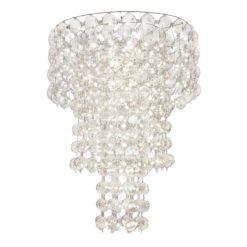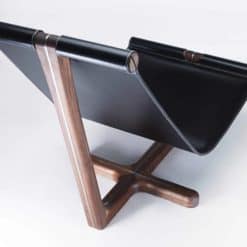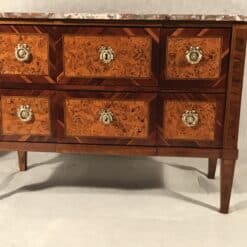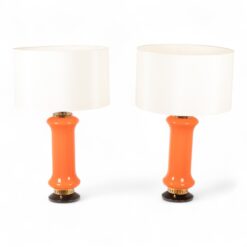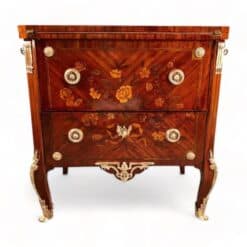Best Sellers
Resources
The Difference Between Vintage And Antique
Is There A Difference Between Vintage And Antique?
E-commerce stores and antiquing are on an upward climb, so it is only natural that the two come together in online retailers such as Styylish.
Online antique shops benefit both antique dealers and collectors because it makes searching for and sharing rare pieces that much easier.
It also opens the door for non-specialists to expand their knowledge about vintage and antique and become connoisseurs themselves.
But whether you’re an avid collector or a casual seller, it’s important to understand the difference between vintage and antique.
One reason is that it generates an appreciation of older items that goes beyond its appearance or the materials used to make them.
Vintage and antique items all contain a rich historical significance, and knowing the difference between the two gives a deeper understanding of the piece.
Additionally, the age of an item can influence its value. However, pricing can be subjective, as the item’s underlying value depends on how much someone is willing to pay for it.
A reliable seller will go out of their way to educate clients about the items they offer as it is an integral part of building trust.
With that said, let’s take a look at what sets vintage and antique furniture apart from each other.
Vintage
Once upon a time, the word “vintage” described fine wines almost exclusively. But now, it has become a universal term for many things.
There is a slight disagreement regarding how old an item must be to be considered vintage. So, defining the term can be tricky at times.

Professionals in the industry believe that for an item to be genuinely vintage, it must be at least 50 years old.
On the other hand, some say that furniture or other pieces between 25 to 30 years old are considered vintage. Some think things as young as 20 years are vintage.
“New vintage” is often the label for goods in this age range and can be found in many estate sales, thrift stores, or similar places.
Similarly, there is some debate about vintage and collectible items mass-produced in the 80s and 90s. They are technically vintage, but they don’t really fall into this group, either.
Some of a vintage item’s appeal comes from nostalgia. That may add to an appreciation of its value, but not its price.
If a piece’s age is unclear or seems like it could be an antique, sellers usually play it safe, classifying it as vintage.
Antiques
A good rule of thumb among experts when determining if an item is an antique is if it is over 100 years old. But antique professionals aren’t the only ones who set this standard.
The US Customs Service also considers something to be an antique if it is at least a century old.
In a later article, we will discuss how to tell

if an item is authentic or a replica.
The word antique is more than just a way of describing something old.
Antiques are singular items, and it can be challenging to come across an authentic piece. Once you find one, you will understand why genuinely antique furniture is prized so highly.
As we mentioned before, the internet has made it much easier to find authentic, one-of-a-kind antiques from trustworthy dealers.
But it also provides a platform for many to sell goods described as antique, yet are not.
These sellers may not always intend to mislead potential buyers. Some may be just as inexperienced in the antique industry as those they are selling to.
If you come across something unusual or too good to be true, be aware. It can take an expert eye to recognize a real antique.
Before buying antiques, it’s good to ask the seller if they can provide authentication of its age.
But chances are, they may not have any physical proof since unfortunately, the original provenance of most antique furniture pieces cannot be traced.
However, careful examination of the style and workmanship will help an experienced dealer determine the age and country or even place of origin of a piece.
You should also always look at the condition of the item in question yourself.
What About Retro?
Now you know the difference between vintage and antique, but where does retro fall between the two?
Retro is a style, and more often than not, you don’t think of antique furniture like this English Regency card table.

You probably think of Mid Century Modern pieces, such as this Fritz Hansen tray table.
Retro mainly describes anything that replicates styles and fashions from a period in the recent past.
But it can also describe designs inspired by vintage things, hence the term “vintage-inspired.”
It’s not antique, and it’s not quite vintage. Retro is more or less a style imitating other styles. Although, some frequently associate it with Mid Century Modern or similar aesthetics.
Vintage, antique, and retro are all words to describe old things, but each has very distinct aesthetic or historical significance.
Knowing the difference between the three will help you feel more self-assured when shopping online. In turn, it will make your experience much more pleasurable.





